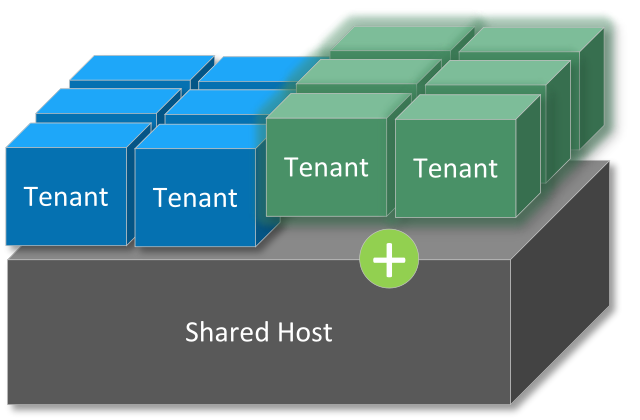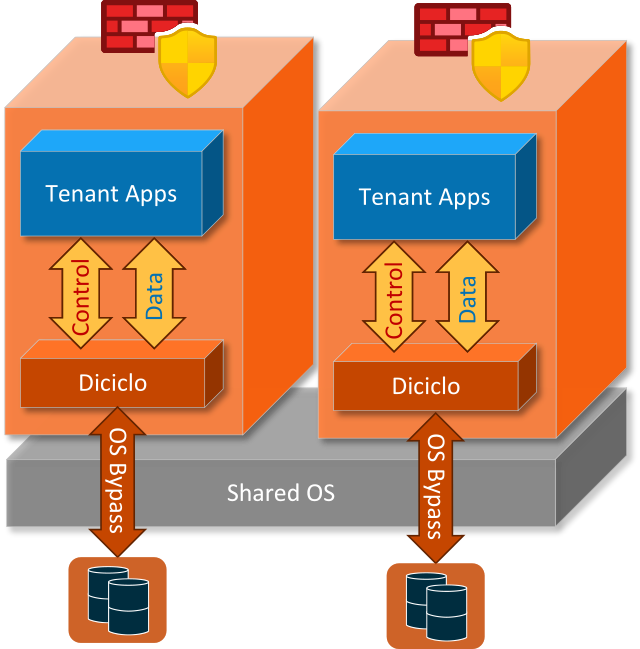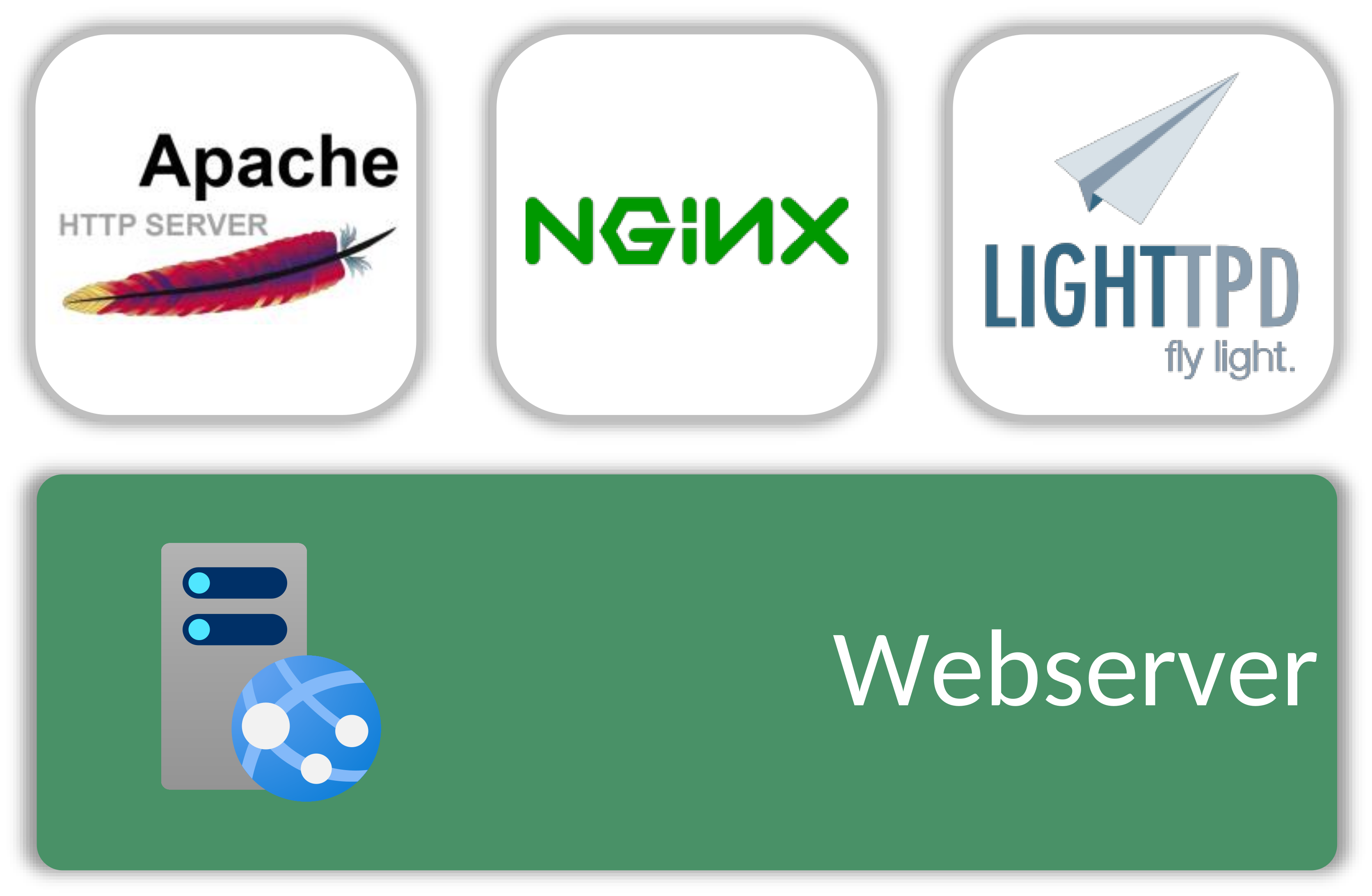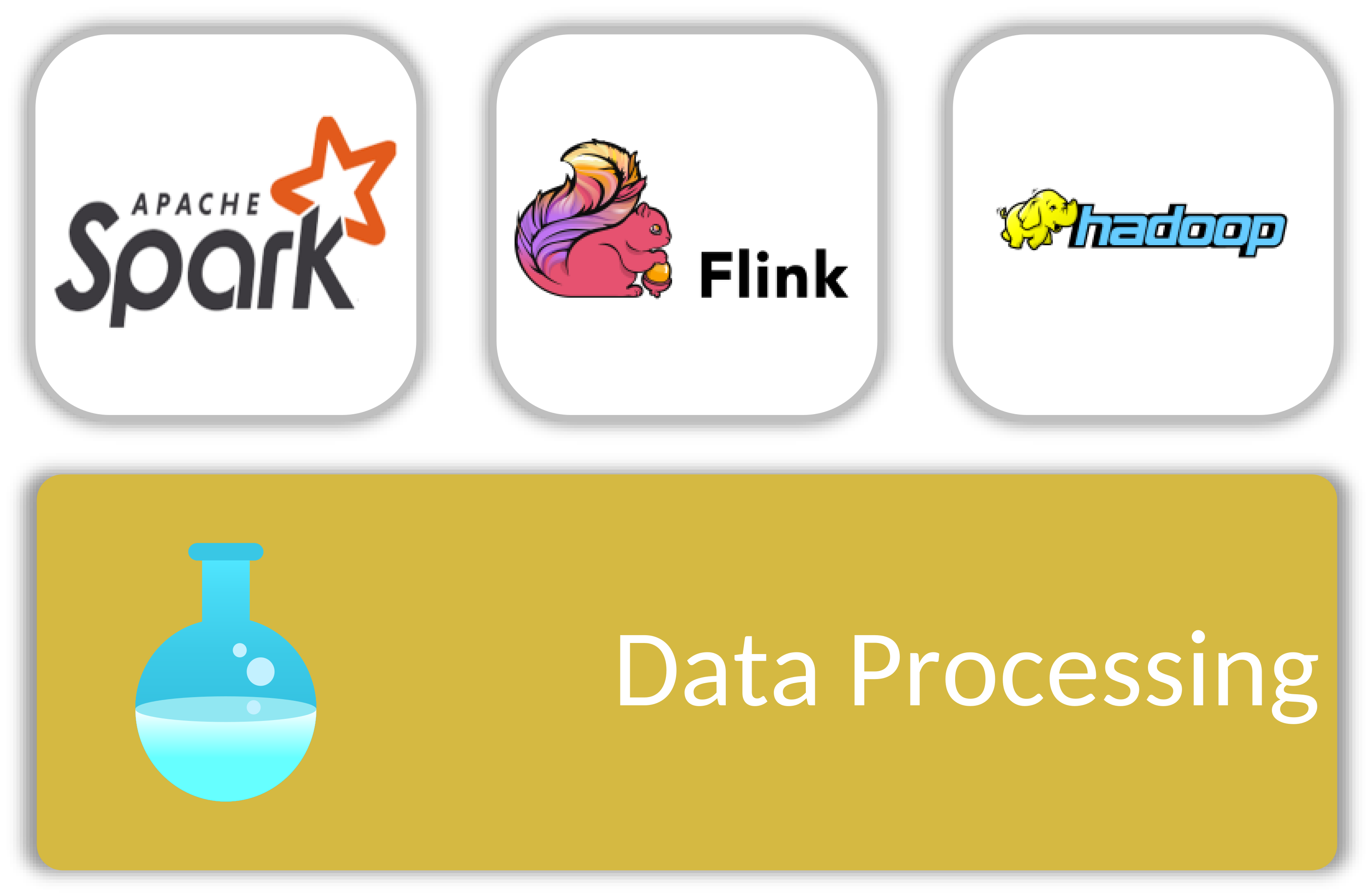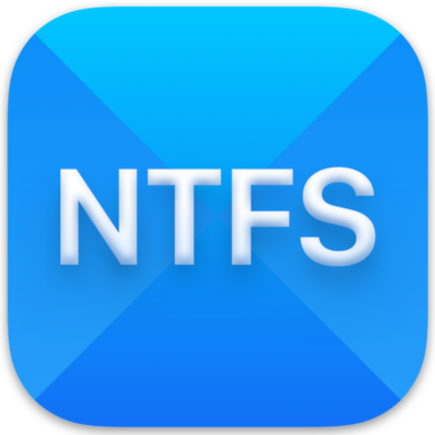What we do
Increase the number of served applications in your private or public multitenant infrastructure with improved security and performance using our proprietary patent-pending software architecture for data-intensive workloads.
Serve your data-intensive applications with efficiency, performance and security.
Increase the number of served applications in your private or public multitenant infrastructure with improved security and performance using our proprietary patent-pending software architecture for data-intensive workloads.
